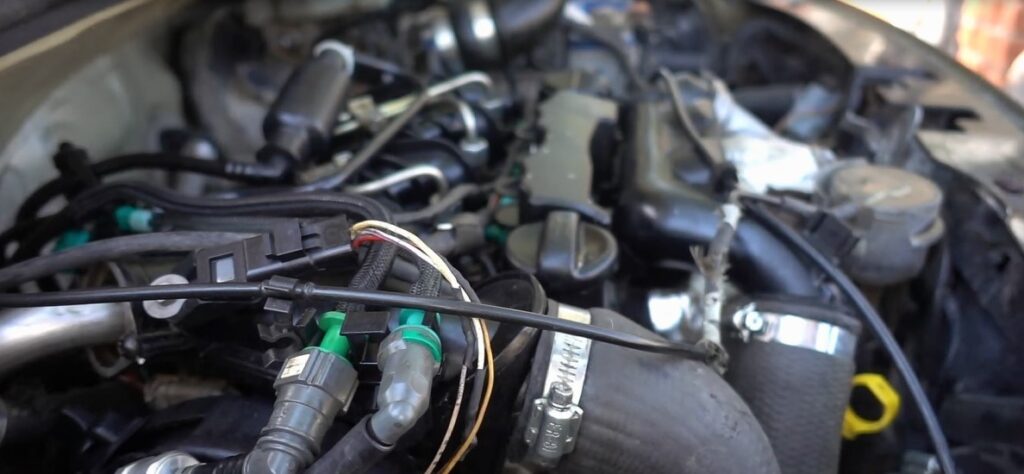When purchasing used car parts, ensuring their quality is essential to avoid any potential issues or failures in your vehicle. Proper inspection and evaluation of used car parts can help you identify the condition, compatibility, and reliability of the components. This article provides a step-by-step guide on how to properly inspect and evaluate used car parts for quality, ensuring you make informed decisions when making your purchase.
Research and Gather Information:
Before inspecting the used car parts, gather relevant information about the specific component you need. Understand its function, specifications, and compatibility with your vehicle make and model. Refer to your vehicle’s manual or consult experts to ensure you have accurate details about the part you are inspecting.
Visual Inspection:
Begin by visually examining the used car part for any signs of damage, wear, or corrosion. Look for cracks, dents, rust, or any other visible defects. Pay close attention to critical areas such as mounting points, connectors, and seals. Take note of any irregularities that could affect the part’s performance or safety.
Check for Proper Fit:
Ensure that the used car part is the correct fit for your vehicle. Compare it to the original part or consult your vehicle’s specifications to verify compatibility. Check for any variations in size, shape, or mounting points that may indicate an incorrect part.
Functionality Testing:
Whenever possible, test the functionality of the used car part. For electrical components, such as sensors or switches, use a multimeter or appropriate testing equipment to verify their operation. Mechanical parts, such as alternators or starters, may require a bench test or professional evaluation. Confirm that the used part performs as expected and is in proper working condition.
Evaluate Wear and Tear:
Consider the level of wear and tear on the used car part. Some components naturally experience more wear than others. Assess the part’s age, mileage, and usage history to gauge its remaining lifespan. Evaluate the expected durability based on manufacturer specifications and industry standards.
Research the Seller:
When purchasing used car parts from a supplier or individual seller, research their reputation and credibility. Look for customer reviews, ratings, and feedback to ensure they have a track record of providing quality used parts. A trustworthy seller will accurately represent the condition of the part and offer guarantees or return policies.
Seek Professional Opinion:
If you are unsure about the quality or condition of a used car part, consult a professional mechanic or expert in the field. Their expertise and experience can help you make an informed decision. They may identify potential issues that may not be immediately apparent during your inspection.
Inspecting and evaluating used car parts is crucial to ensure their quality and compatibility with your vehicle. By following a systematic approach that includes visual inspection, functionality testing, checking for proper fit, evaluating wear and tear, researching the seller, and seeking professional opinions when needed, you can make confident decisions when purchasing used car parts. Taking the time to thoroughly assess the quality of used car parts will contribute to the reliability, performance, and safety of your vehicle.

